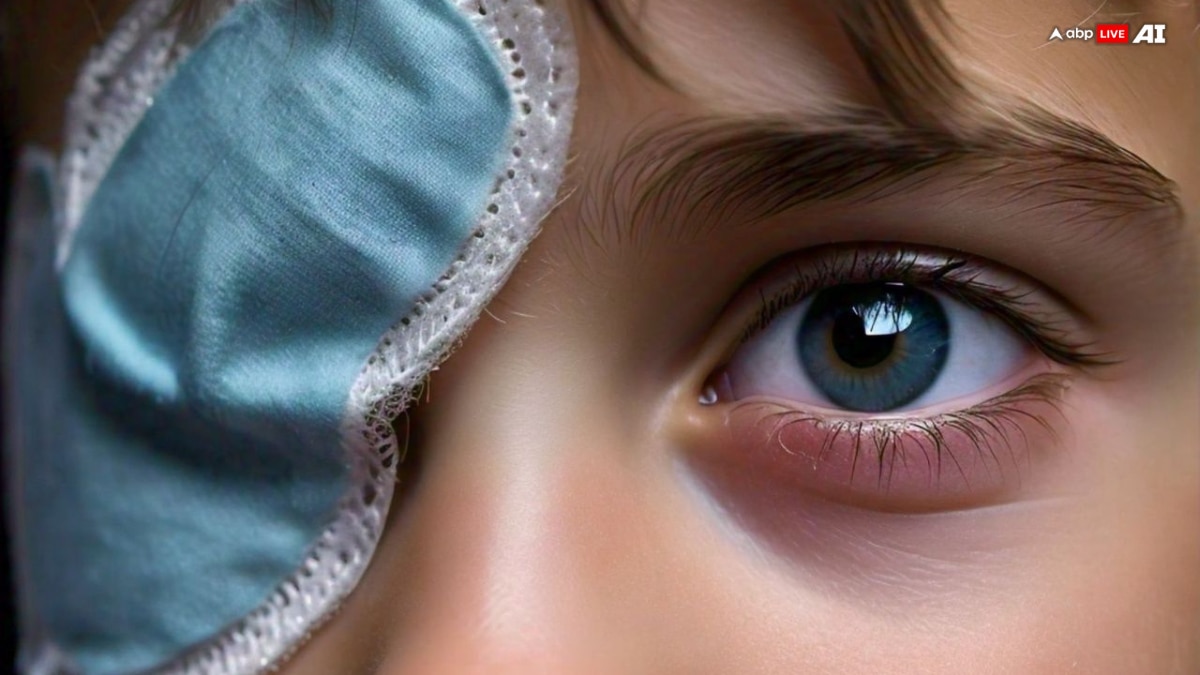
Spending just an hour before digital screens can leave a person at greater risk of myopia, as per a new study. A daily one-hour increment in digital screen time was associated with 21 per cent higher odds of myopia (nearsightedness), according to the study published in JAMA Network Open. Projections suggest that by 2050, nearly one-half of the world’s population will have it, the study added.
This increase is coupled with earlier onset, faster progression, and greater severity of myopia at stabilization. The team reviewed data from 45 investigations that looked at the association between screen time and nearsightedness in more than 335,000 participants. As children increasingly embrace smart devices at younger ages and spend more time on digital screens, there is an urgent need to better understand the association of digital screen time with myopia, as per the study.

What Is Myopia? Know Its Symptoms Nearsightedness is a refractive error that makes far-away objects look blurry. It happens when the shape of the eye makes light focus in front of the retina (a light-sensitive layer of tissue in the back of your eye), instead of on it. As per the National Eye Institute, the most common symptoms of nearsightedness are: *Trouble seeing things that are far away *Needing to squint to see clearly *Eye strain *Some people who are nearsighted get headaches One may not notice any symptoms in case of mild nearsightedness.
People who have severe nearsightedness (also called high myopia) may also be at higher risk for other eye conditions, like retinal detachment (when the retina is pulled away from its normal position), as per the National Eye Institute. Myopia Treatment The most common treatments for nearsightedness are eyeglasses or contact lenses. Adults can also get surgery to treat nearsightedness.
The surgery changes the shape of the cornea so it can focus light clearly. Check out below Health Tools- Calculate Your Body Mass Index ( BMI ) Calculate The Age Through Age Calculator.















